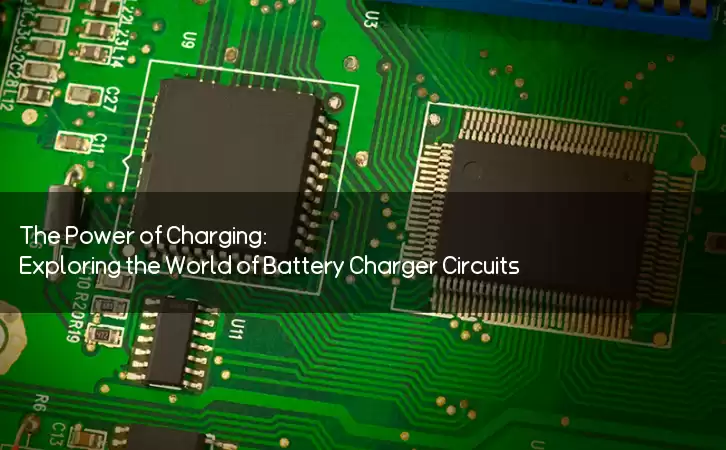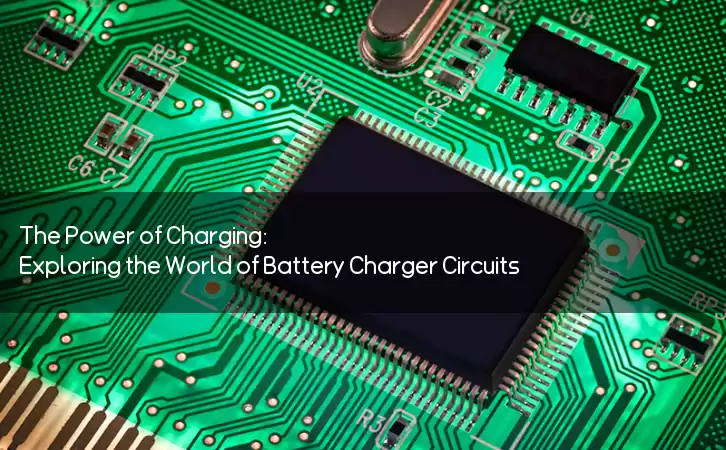Information Center
The Power of Charging: Exploring the World of Battery Charger Circuits
Published:2023-06-06 09:45:23 Author:Green WCND Views:78Battery Charger Circuit

Battery charger circuits are an essential component of electronic devices that require rechargeable batteries such as smartphones, tablets, and even electric cars. A charger circuit is designed to convert the alternative current (AC) from a power source to direct current (DC) which is used to charge the batteries.

The most common type of battery charger circuit is the linear charger. It is designed to charge batteries with a constant current until they reach full capacity, at which point the charger switches to a constant voltage and keeps charging the battery until it reaches full capacity. The linear charger circuit uses a series pass transistor to control the flow of current through the battery, with the charging current controlled by varying the voltage across the transistor.
Another type of battery charger circuit is the switching charger. This type of circuit works by rapidly switching between a high voltage and a low voltage to control the flow of current. The switching charger is more sophisticated than the linear charger, offering better efficiency and faster charging times. It is often used in high-end electronic devices that require fast charging times.
The charging process of any battery charger circuit is controlled by a charging algorithm. This helps to manage the charging time, temperature, voltage, and current of the battery. The most common charging algorithm used by battery charger circuits is the Constant Voltage (CV) Constant Current (CC) algorithm. This algorithm charges the battery with a constant current until the battery voltage reaches a certain level, at which point the charging voltage is held constant until the battery is fully charged.
One of the challenges faced by battery charger circuit designers is the ability to charge multiple batteries simultaneously with different charging behaviors. This is common in smartphones and laptops where different batteries have different charging rates and capacities. To overcome this challenge, multi-cell charger circuits are used. They are designed to charge multiple cells simultaneously, with each cell being charged independently. This ensures that each battery is charged to its optimum level.
There are also wireless battery charger circuits that use wireless power transfer technology to charge batteries without the need for cables. They use an inductive coupling to transfer power from the charger to the battery.
In conclusion, battery charger circuits are critical components in many electronic devices that use rechargeable batteries. The charging algorithm used, the type of charging circuit, and the ability to charge multiple batteries simultaneously depends on the device in question. As technology advances, more sophisticated charging circuits that provide faster charging times and better efficiency will emerge.
Power Adapter Design and Customization Guide for Portable Electric KettlesI. Common Design Types for Portable Electric Kettle Power AdaptersPortable electric ke···
I. Common Design Types of Power Adapters External Independent Type (Most Common) Design: A standalone adapter (e.g., "black brick") connected to the p···
Handheld Vacuum Cleaner Power Adapter Selection GuideIntroductionHandheld vacuum cleaners have become a mainstream tool for household cleaning due to their port···
Drill Power Adapter Selection Guide.drill-container { font-family: Arial, sans-serif; line-height: 1.6; max-width: 800px; margin: 0 auto; padding: 20px; } .dril···





